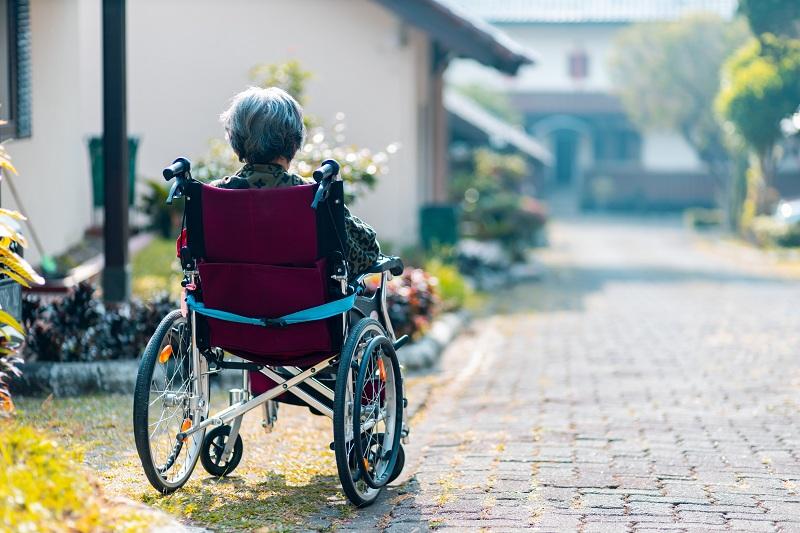In the Philippines, it’s rare to see a lolo or lola associated with nursing homes in ads, posters, or telenovelas. Apart from costs running high — one nursing home 's cost starts at P95,000 a month — there is an unspoken stigma in placing aging parents in nursing homes. It is often viewed as reneging on family responsibilities, bringing hiya not only to the children but also to the parents and their families.
This can be misinterpreted as a lack of love, making older people feel unwanted and rejected. That's because filial care is such a big part of Filipino culture, where taking care of our elderly loved ones is often seen as utang na loob—a way of giving back. While this sense of gratitude appears in many relationships, it’s especially strong between parents and children.
Filipino culture Dr. Anna Cristina Tuazon, associate professor at the Department of Psychology, UP Diliman, explained Filipinos are deeply family-oriented and place a high value on family ties. “We take personal responsibility for our aging parents and bring them into our own homes,” she said, contrasting this with Western countries, where aging parents are often placed in nursing homes or senior facilities.
In fact, according to a 2007 Philippine study on aging , 48% of older people expect their children to care for them when they get sick, and 60% have at least one child living in the same house. Meanwhile, those who don’t have children near their homes still benefit from financial or non.



















